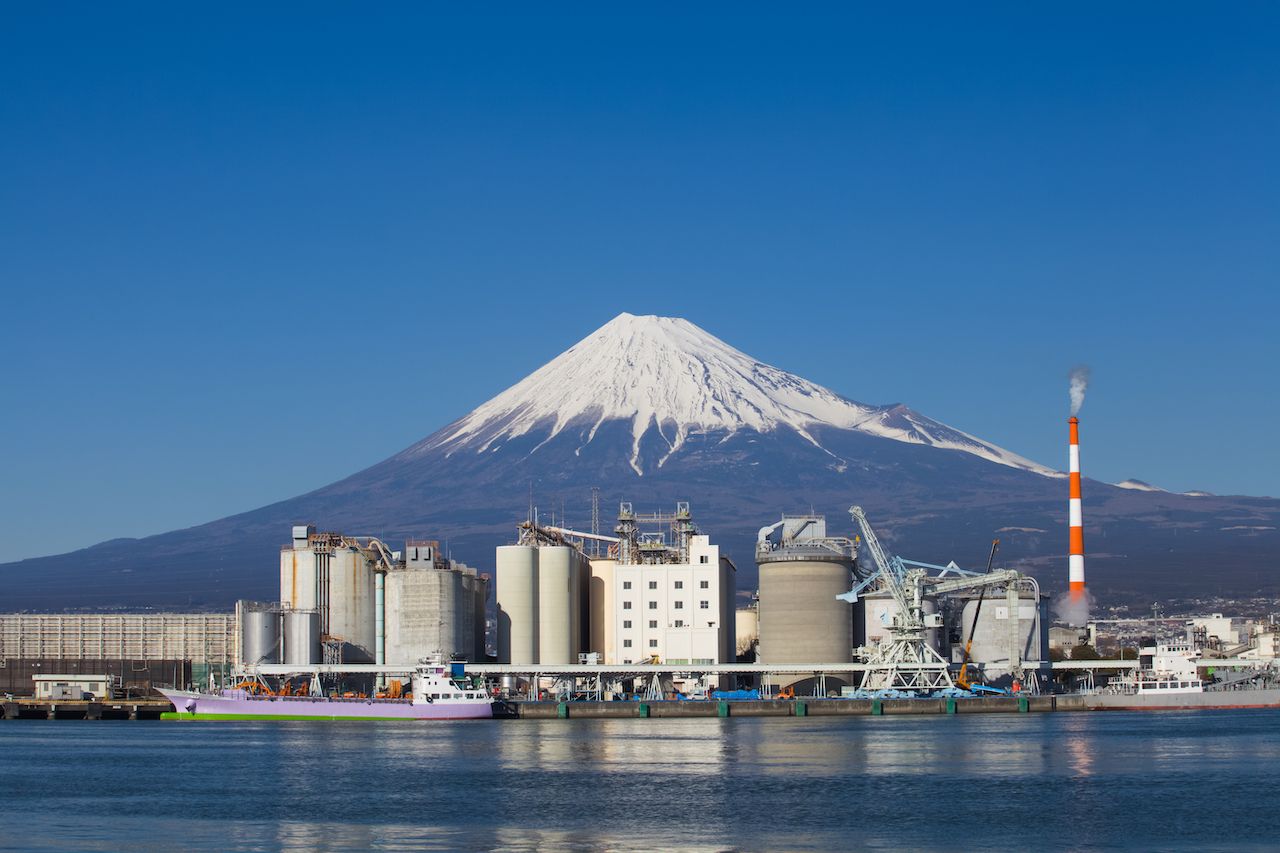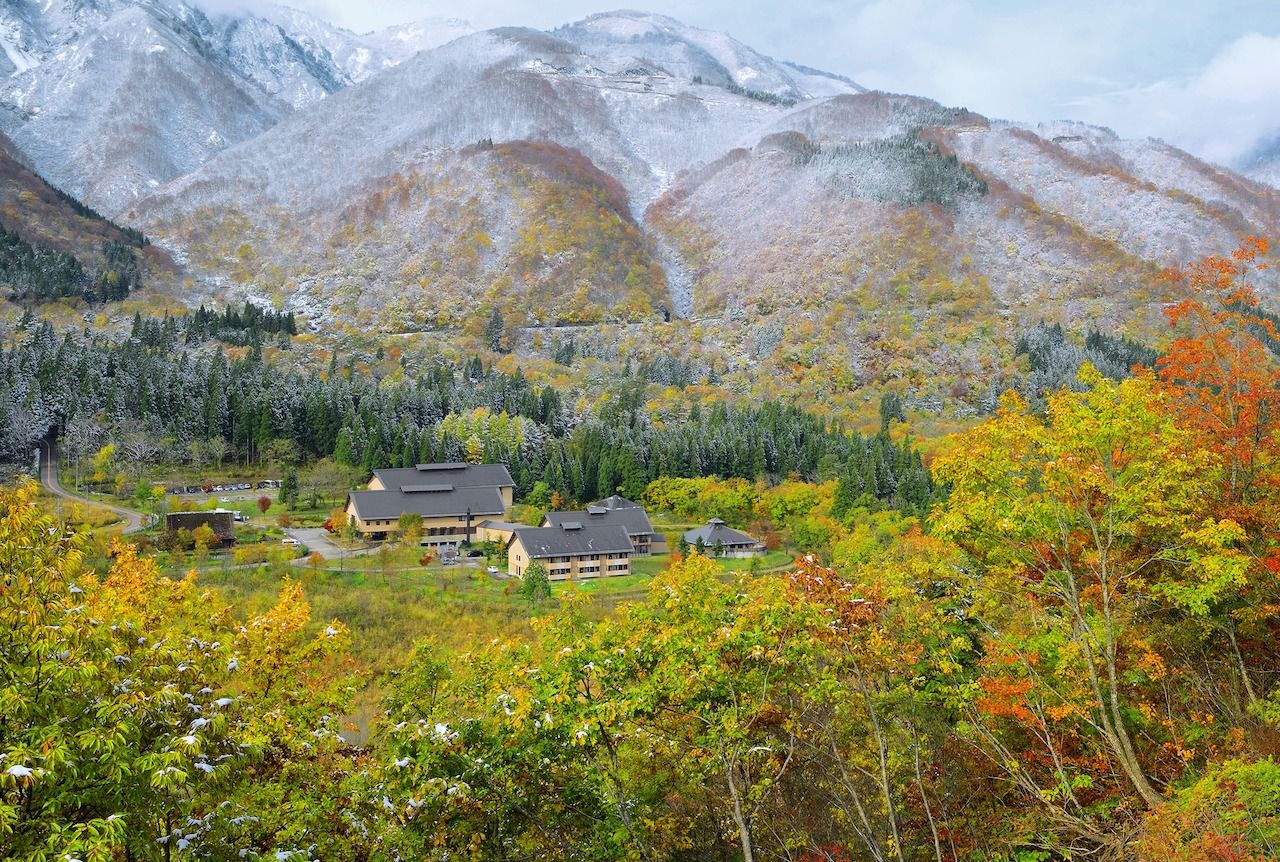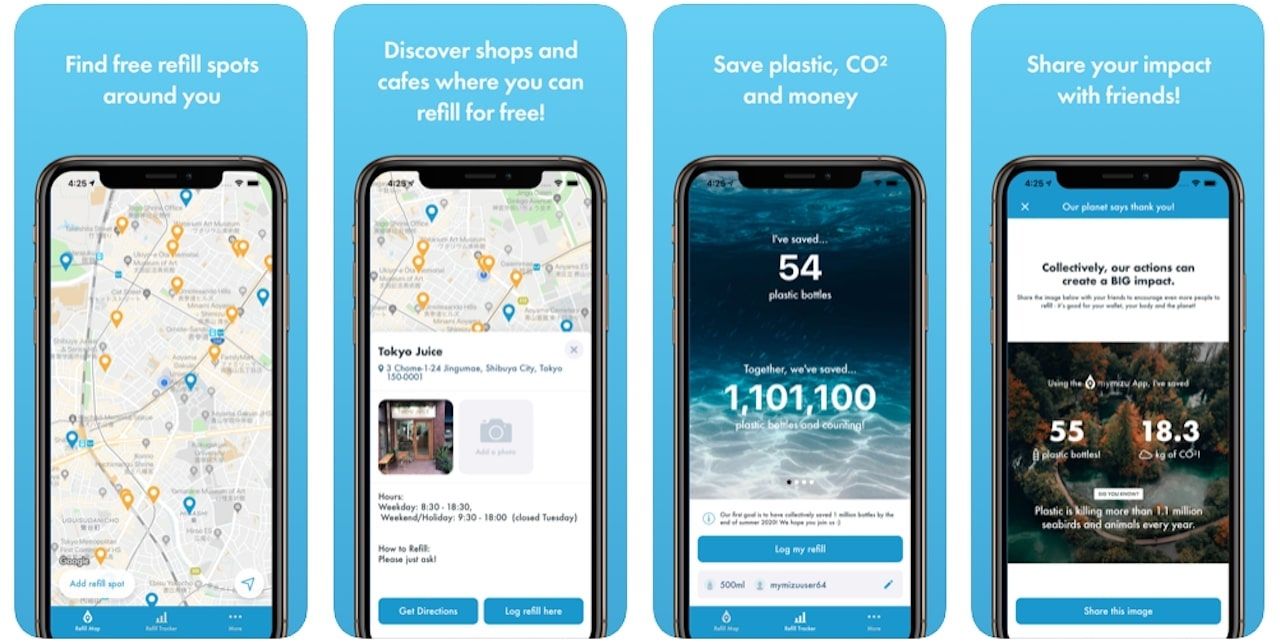Japan is considered to be one of the most technologically advanced nations in the world, and seems to be ahead of the curve of many other nations, including the United States, on a lot of fronts. It also sees massive tourism, with 10 million visitors set to descend upon Tokyo alone during the Olympic and Paralympic Games this summer. Paradoxically, Japan continues to lag far behind other developed nations in the race toward environmental sustainability. So how do environmentally conscious travelers reconcile their trips to the land of the rising greenhouse gases? There are several Japan-specific tactics you can use to offset your carbon footprint, and hopefully, to ensure your conscience rests easy.
But first, let’s take a look at why Japan’s green policies leave so much to be desired.










